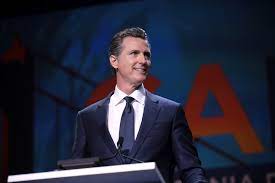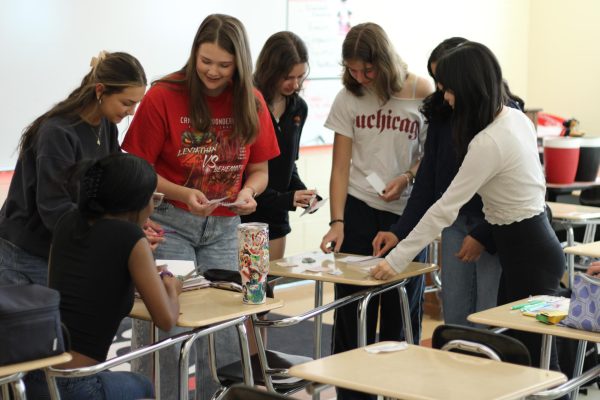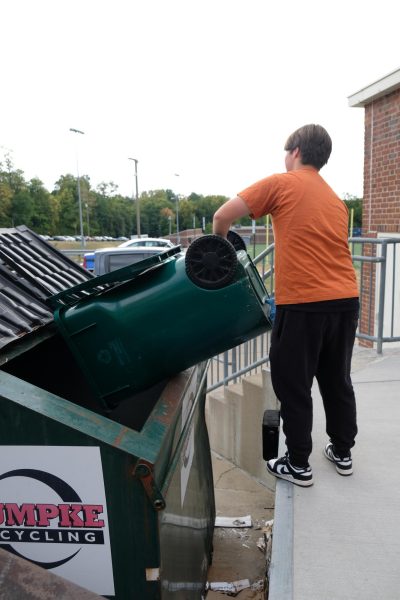California’s gubernatorial recall election

Photo Courtesy of: Gage Skidmore/Flickr
Gavin Newson speaking at the 2019 California Democratic Party State Convention at the George R. Moscone Convention Center in the city of San Francisco, California.
On Sept. 14, Californian citizens voted on whether to recall Gavin Newsom as their governor. Unsurprisingly, Newson came out on top with two-thirds of the 70 percent of counted votes supporting him. Even so, this particular Gubernatorial (state governor) Recall Election was unique due to the fact that a Californian Governor has only been recalled once before. In addition, this recall election has drawn nationwide attention due to its bipartisan influence.
Newson was elected in 2018 as the Governor of California. As a democratic candidate in a state where democratic voters outnumber GOP voters two to one, he won in a landslide victory. Currently in his third year of his four year term, Newson has been known for his strong enforcement of COVID-19 policies such as shutdowns and mask mandates.
The recall process began in February of 2020, with the argument being that “laws he endorsed, favor foreign nationals, in our country illegally, over that of our own citizens,” as stated in the official Petition For Recall. This argument lost momentum as COVID-19 began, but with the pandemic came Newson’s enforcement of public health restrictions, furthur angering state Republicans.
Due to the pandemic, a judge gave the recall proponents four extra months than usual to gather signatures. It just so happens that these four months occurred during the winter months of the pandemic when COVID-19 cases began to rise again and in turn Governor Newson imposed harsh public health restrictions. This combination of factors allowed the recall campaign to gain more and more signatures, eventually meeting the required number of signatures for the recall vote to take place.
When Newson was caught on camera dining at Napa Valley French Laundry Restaurant for a friend’s birthday celebration while he was urging Californians to stay home, it further angered conservative Republicans. His opponents used this example of hypocrisy to drive their campaign against Newson.
In the past, Californian’s have attempted to recall many state governors since the 1960s, but were only successful once in 2003 when an unpopular Democrat governor was replaced by Republican Arnold Schwarzenegger. And had it not been for the COVID-19 pandemic, chances are this attempt to recall Governor Newson would not have happened.
But what makes this situation important, is the implications of the recall election itself. Had this recall attempt by Republicans been successful in removing Newson from office, a governor that would not represent the majority of voters would have been elected.This all started because of immigration implications but due to the COVID-19 pandemic, it had the potential to completely change California’s political stage.
Had Newson been recalled, the political trajectory of California would change dramatically. According to the BBC, issues regarding his handling of the pandemic will be a primary argument during the upcoming midterm elections.
Your donation will support the student journalists of Walnut Hills High School. Your contribution will allow us to purchase equipment, cover our annual website hosting, printing costs and offset competition and conferences fees for students.








